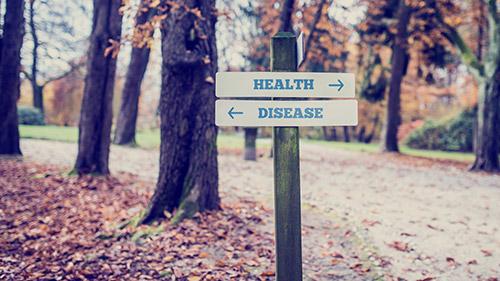What is 5mmol/L in mg/dL?
When 5mmol/L is converted to mg/dL we get 90mg/dL. A fasting blood sugar (blood glucose) of 90mg/dL is considered optimal for a healthy adult.
How do you convert 5mmol/L to mg/dL?
To convert 5mmol/L to mg/dL, multiply by 18.018. For example, 5mmol/L x 18.018 = 90mg/dL.
Is 90mg/dL a normal blood sugar level for a healthy adult?
A fasting blood sugar (blood glucose) of 90mg/dL is considered normal for a healthy adult. This fasting blood sugar level is actually optimal and is associated with a lower risk of developing diabetes.
Is 90mg/dL a normal blood sugar level for a child?
A fasting blood sugar (blood glucose) of 90mg/dL is considered normal for a child. Anything between 71 and 99mg/dL is in the normal range before meals.
Is 90mg/dL a normal blood sugar level for a someone with diabetes?
A fasting blood sugar (blood glucose) of 90mg/dL is considered normal for someone with diabetes. Anything between 71 and 125mg/dL is in the normal range before meals.
Is 90mg/dL a normal blood sugar level during pregnancy?
A fasting blood sugar (blood glucose) of 90mg/dL is considered normal for someone during pregnancy. Anything between 71 and 95mg/dL is in the normal range before meals.
Is 90mg/dL hypoglycaemia?
Hypoglycemia is when blood sugar levels are too low - typically below 70mg/dL. Symptoms of hypoglycaemia include shaking, sweating, hunger, headache, looking pale or being confused. A blood sugar of 90mg/dL is not usually considered hypoglycemia.
Is 90mg/dL hyperglycaemia?
Hyperglycemia is when there’s too much glucose in the blood - typically above 200mg/dL 2 hours after a meal or above 125mg/dL when fasted. A fasting blood sugar of 90mg/dL is not usually considered hyperglycemia.
Should I see a doctor with a blood sugar reading of 90mg/dL?
In general, you should see a doctor if you're having high or very low blood sugar levels. It's unusual for non-diabetics to get very low blood sugar level because the body doesn't let glucose levels get too low because glucose is essential for brain function. A fasting blood sugar of 90mg/dL is optimal for a healthy adult and there's no need to see a doctor.





